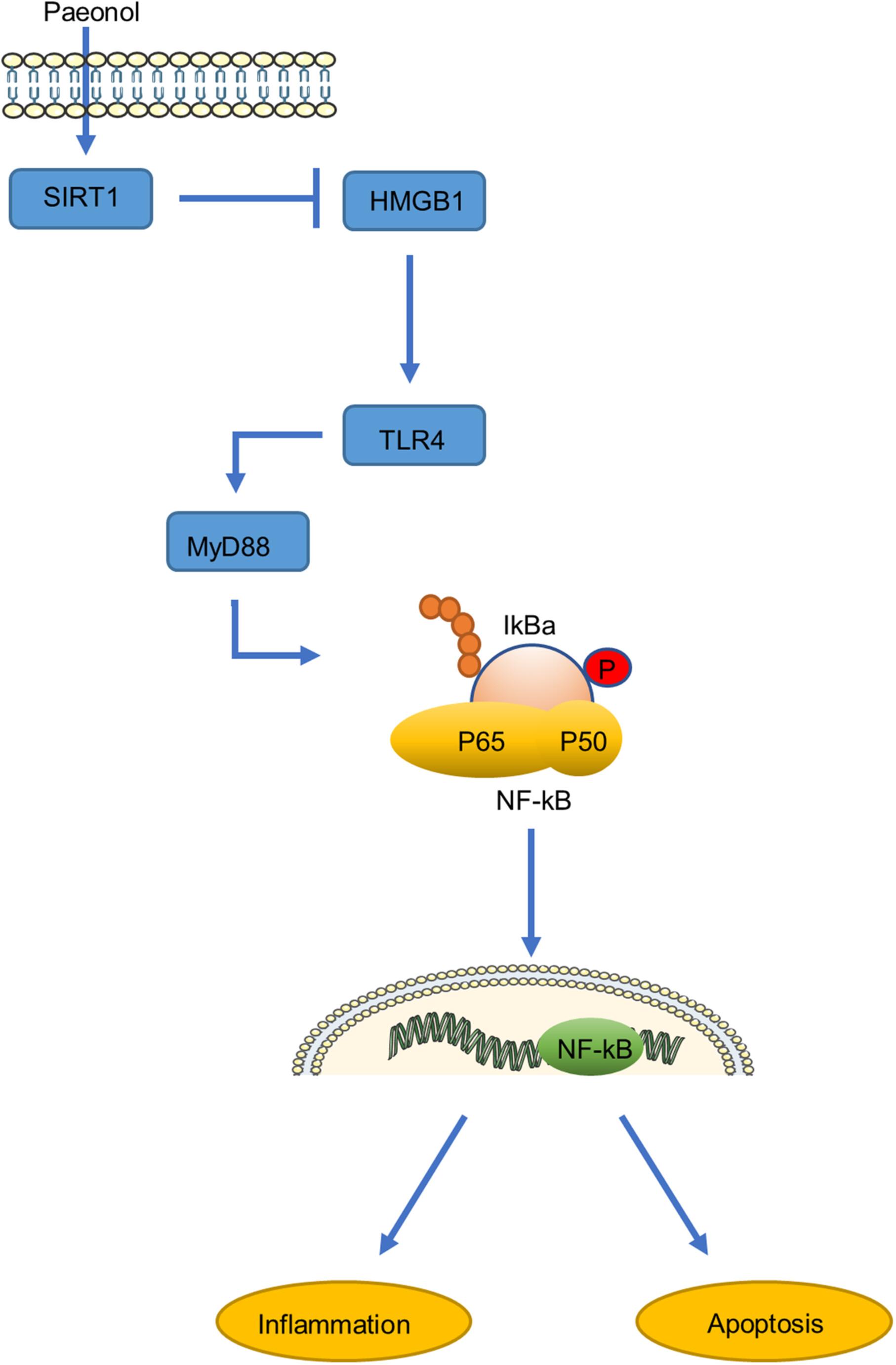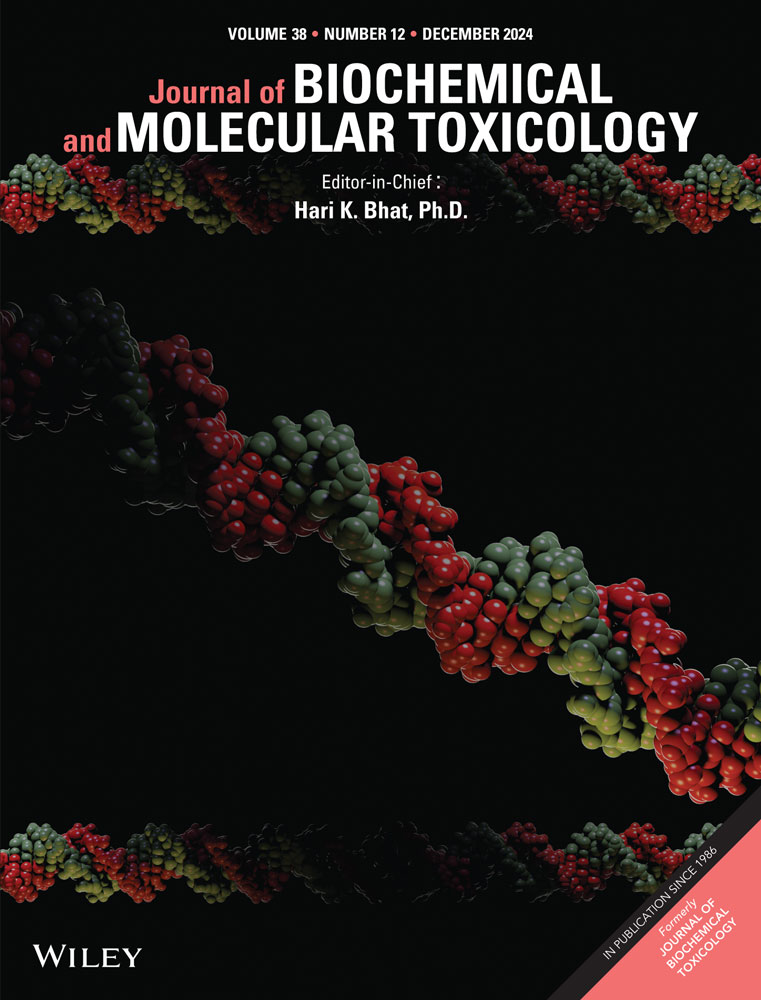Paeonol Alleviates Subarachnoid Hemorrhage Injury in Rats Through Upregulation of SIRT1 and Inhibition of HMGB1/TLR4/MyD88/NF-κB Pathway
Abstract
Paeonol is a principle bioactive compound separated from the root bark of Cortex Moutan and has been shown to confer various biological functions, including antineuroinflammation and neuroprotection. Inflammation, blood–brain barrier (BBB), permeability, and apoptosis are three major underlying mechanisms involved in early brain injury (EBI) postsubarachnoid hemorrhage (SAH). This study aimed to detect the roles and mechanisms of paeonol in EBI following SAH. A SAH model was established by an endovascular perforation method in Sprague-Dawley rats. The localizations of HMGB1 and p65 were identified by immunofluorescence staining. Protein levels were measured by western blot analysis. The serum levels of HMGB1 and the levels of inflammatory cytokines in the brain cortex were evaluated by ELISA. Hematoxylin and eosin staining was conducted to detect neuronal degeneration. Brain water content and Evans blue extravasation were assessed to determine EBI. Neuronal apoptosis was examined by TUNEL. Paeonol deacetylated HMGB1 by upregulating SIRT1 level. SIRT1 inhibition attenuated the protective effects of paeonol against neurological dysfunctions, brain edema, and BBB disruption. SIRT1 inhibition rescued the paeonol-induced inhibition in inflammatory response. The paeonol-induced decrease in neuronal apoptosis was restored by SIRT1 inhibitor. The paeonol-mediated deactivated TLR4/MyD88/NF-κB pathway was activated by SIRT1 inhibitor. Paeonol alleviates the SAH injury in rats by upregulating SIRT1 to inactivate the HMGB1/TLR4/MyD88/NF-κB pathway.


 求助内容:
求助内容: 应助结果提醒方式:
应助结果提醒方式:


